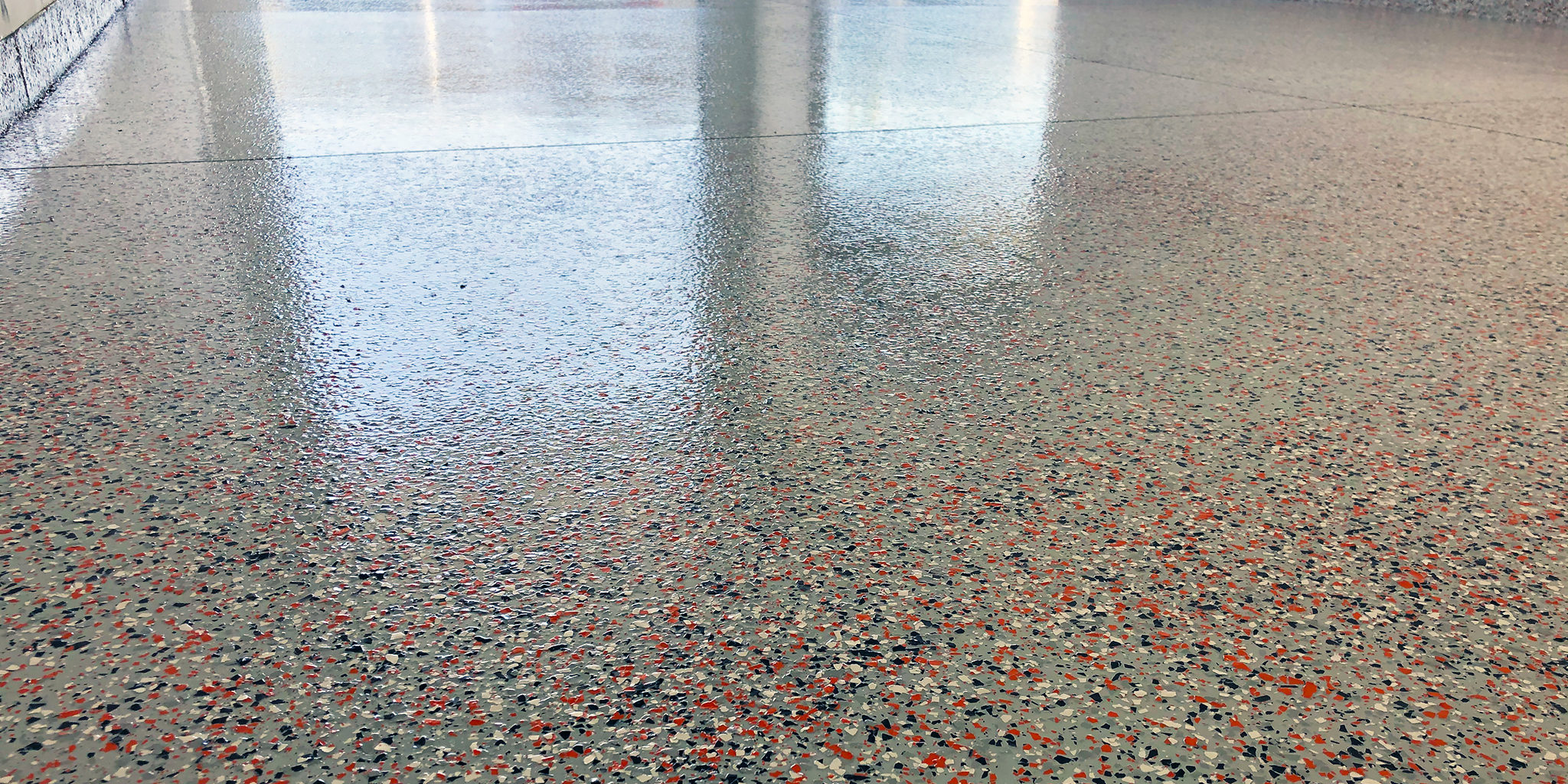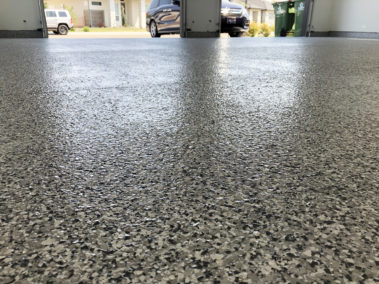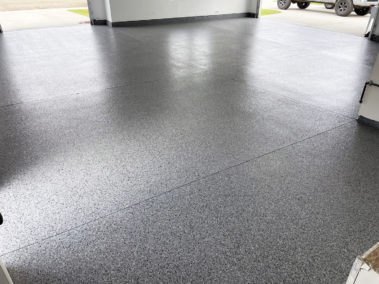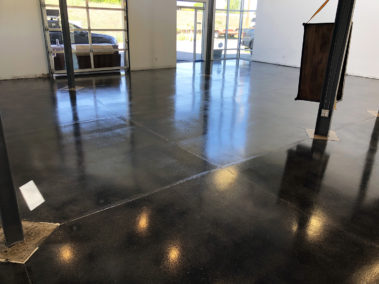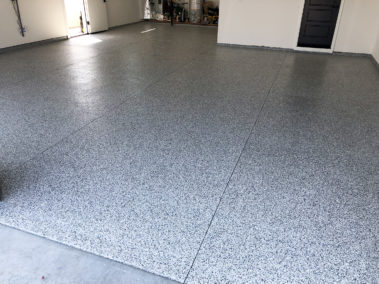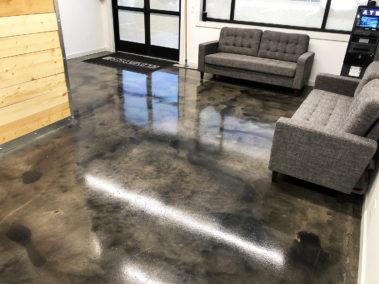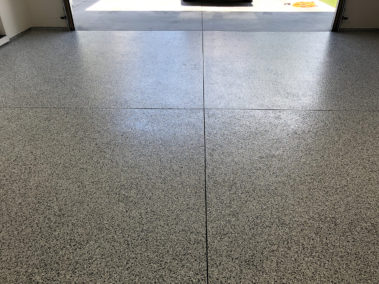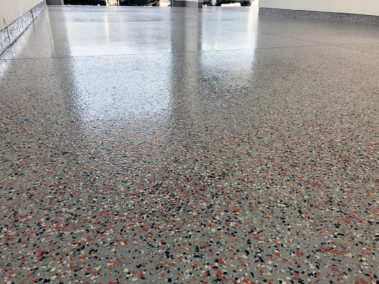Polyaspartic and Polyurea Coatings
Don’t use outdated flooring systems like epoxies, which tend to chip up over time. In addition, they also yellow and deteriorate in the sunlight… not good! On the other hand you can use the newer and much better quality polyaspartic and polyurea coatings.
Polyaspartic and polyurea coatings are now the industry standard for floor coatings because of their great adhesion, UV stability, high chemical and scratch resilience , and high tolerance to heat. CretoSeal is now carrying our own brand of polyaspartic floor coating specifically designed for ease of application and durability. Sweet Concrete Coating® can be used for mostly interior and exterior applications. For example, it’s most popularly used for garage floor coatings including polymer flake applications.
More About These Coatings
Polyaspartic and polyurea coatings are usually compared to epoxy coatings. Epoxy coatings have been used for decades but because they chip and scratch easily, aren’t flexible, and yellow in sunlight. Therefore their use had dwindled in recent years because of these problems. One of the biggest benefits of epoxies is that certain epoxies can hold back hydrostatic pressure. Even though certain epoxies can hold back hydrostatic pressure, it still leaves that moisture trapped in the concrete. In other words, it will slowly deteriorate the slab over time.
CretoSeal offers a true solution which eliminates hydrostatic pressure once and for all. Creto DPS (Deep Penetrating Sealer) can be applied to the concrete prior to applying our floor coatings and / or sealers. Most importantly, it permanently waterproofs the slab and eliminates any hydrostatic pressure in the concrete.
New Technology
Here’s some more techno-babble about these sealers.
Polyaspartic and polyurea coatings are technically a subgroup of the urethane family. They are formed when an isocyanate reacts with a polyetheramine to create a urea linkage. Polyureas are a two part coating that mixes a resin with a hardening catalyst that begins the curing reaction. These coatings are known for their fast curing, cutting back application time and thus labor costs.
Polyaspartic coatings on the other hand are a type of aliphatic polyurea. A polyaspartic coating is a single component without the hardening agent which means it has a longer pot-life, therefore slightly extending the application time. Both products have an elongation rate that exceeds 300% making them far more flexible than an epoxy. This characteristic makes them ideal for industrial pipe coatings, spray-on bed liners and joint fillers.
Therefore, because Sweet Concrete Coating has a longer pot life it can be applied by DIY’ers like yourself. That is to say, it’s much, much easier to apply than a two part polyurea.
Benefits
One of the many benefits of these systems is the one day application. Older epoxy systems would take three days to complete, one coat per day, day by day. Polyaspartic and polyurea coatings can have multiple coats applied all in a one day. Therefore drastically cutting back labor costs and travel expenses if you’re a contractor. Likewise, the time you have to have your garage emptied out.
Sweet Concrete Coating’s fast curing time mean you are back on your floors quicker, usually by the following day. Three days is required for the full cure, and before heavy traffic is allowed like vehicles driving over the newly laid surfaces.
Other benefits are UV stability (they won’t yellow over time), crystal clear, high gloss finish, high impact resistance, high chemical and stain resistance, high abrasion and scratch resistance, high heat resistance, won’t chip or peel like epoxies, and anti-microbial and anti-bacterial qualities. Sweet Concrete Coating polyaspartic sealer (sold exclusively at CretoSeal.com) is acceptable for use in floors subject to USDA / FDA inspections and regulations. An anti-slip media or a micro topping like MicroShine can also be added to increase the slip coefficient properties of the floor. Sweet!


